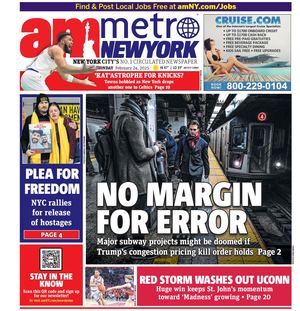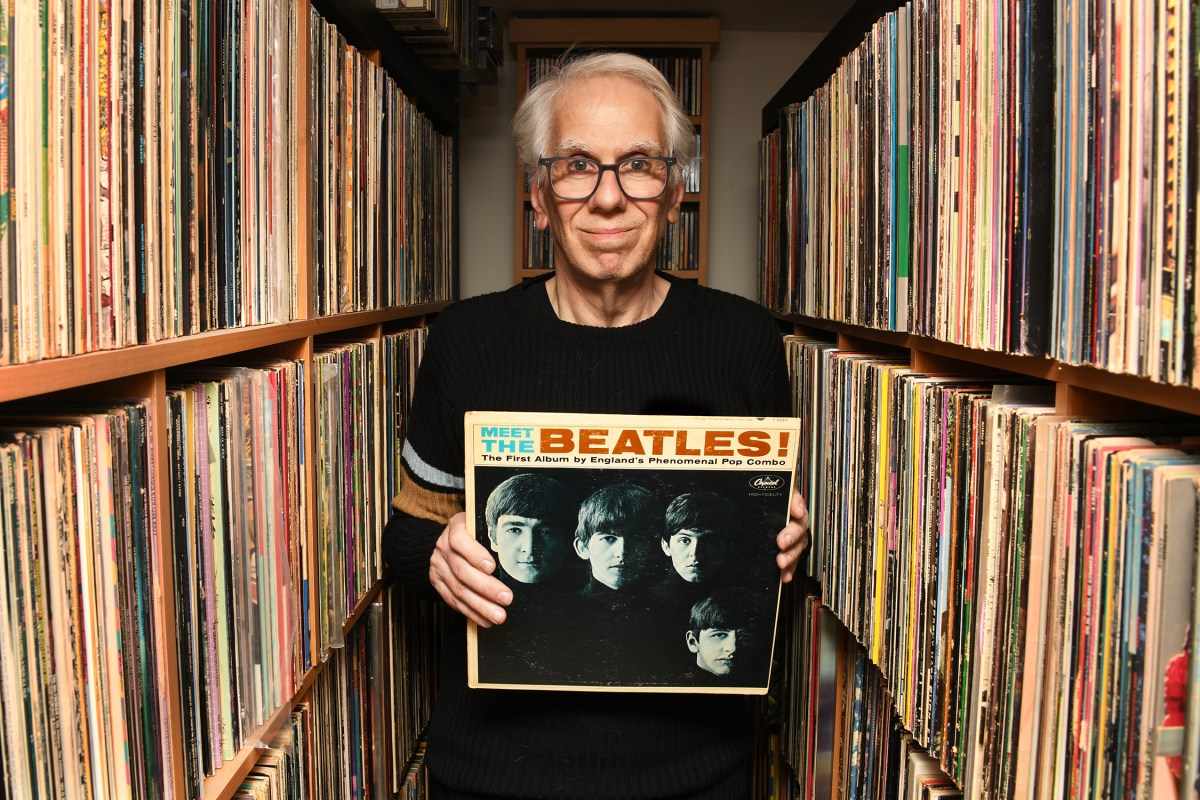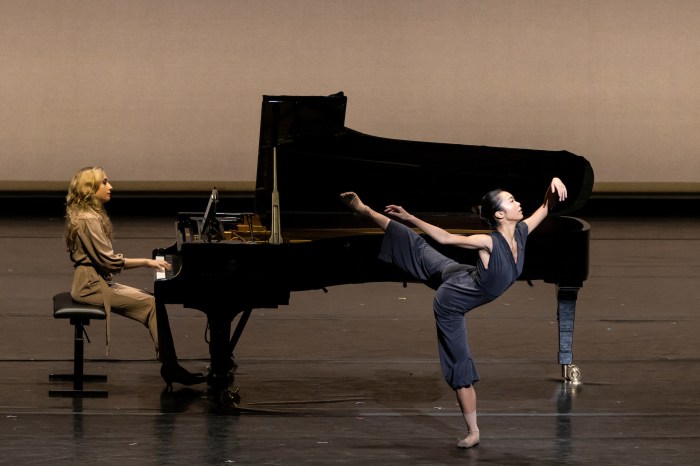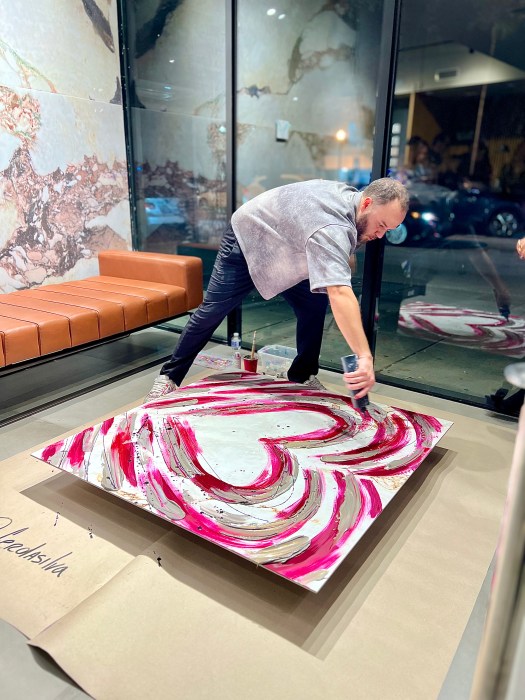Those were the days, my friends, when a teenager could walk into a record label’s office, tell them how much you loved a band (let’s say, The Who), walk out with free promo materials (like a black and white 8×10 glossy print), go back home to your parents’ apartment and start a magazine with that pic on the cover.
That’s pretty much how it started for Trouser Press in 1974, when 19 year-old Ira Robbins and his friends Dave Schulps and Karen Rose did just that, producing a music mag that elevated fandom and rock journalism in equal measure for an impressive ten year run.
“We had no plan when we started out,” recalls Robbins. “We never thought beyond the first issue — we didn’t know what we were doing.”
What they did is now chronicled in “Zip It Up! The Best of Trouser Press Magazine,” a 400+ page anthology that is a time capsule of both what was happening back then and how it was covered. The first issue, priced at 25 cents, was produced with support of Robbins’ parents, who lent him their mimeograph machine (“They were old lefties — all the old lefties had mimeo machines,” Robbins jokes) and helped him out with bookkeeping tips when they got further along.
Being devoted anglophiles, the trio originally called their British-centric enterprise the “Trans-Oceanic Trouser Press” in a tip of the hat to the Bonzo Dog Doo Dah Band’s song “Trouser Press” without having any idea what a trouser press actually was. An eventual meeting with the song’s writer, Roger Ruskin Spear, resulted in their edification on the subject with an instructional drawing by Spear as well (reproduced in the book).
Robbins had a few different jobs that kept him afloat until the rag got up and running, including a stint as Sam Goody’s in Rockefeller Center (in the cassette department) and repairing Neumann microphones, so that engineering degree came in handy after all. Though Trouser Press eventually became a real magazine — leaving behind the stapled fanzine for color covers, a real office and some real respect — it was never a cash cow.
“Rolling Stone got rich but nobody else did,” Robbins muses. “I wish we’d started with money. … Our initial investment was around $30.”
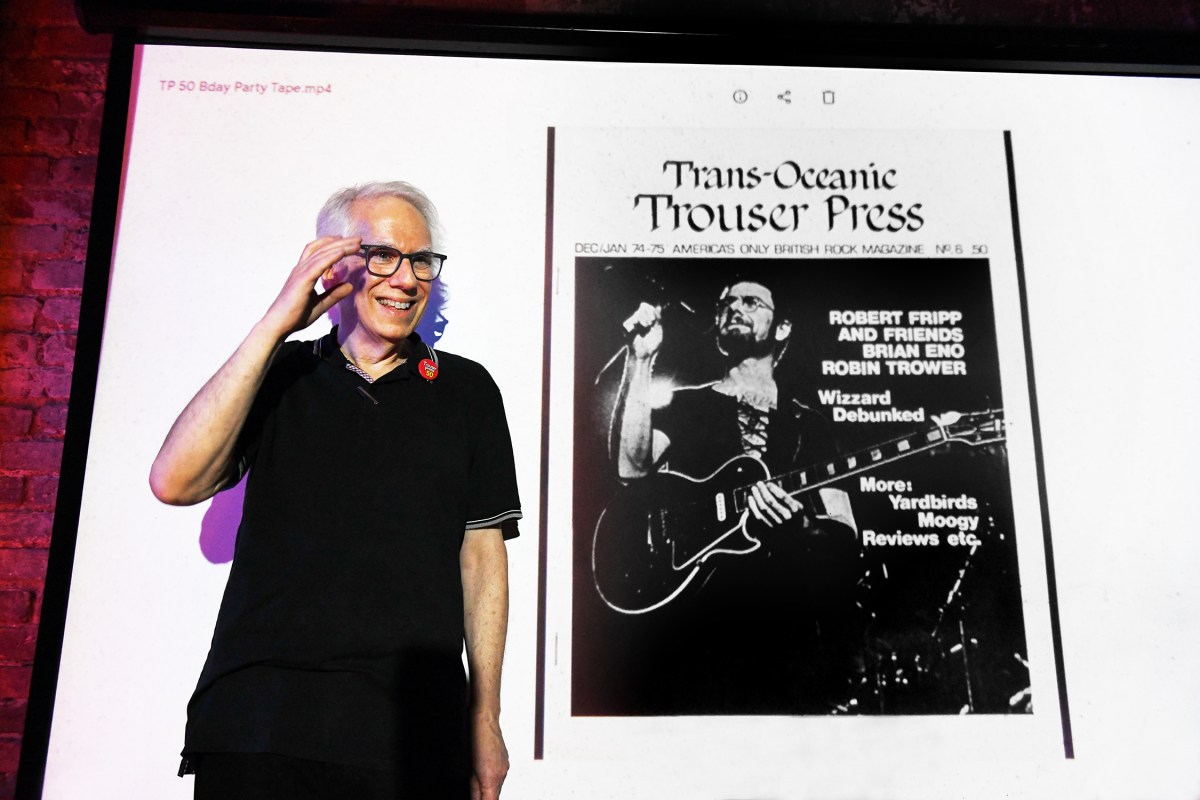
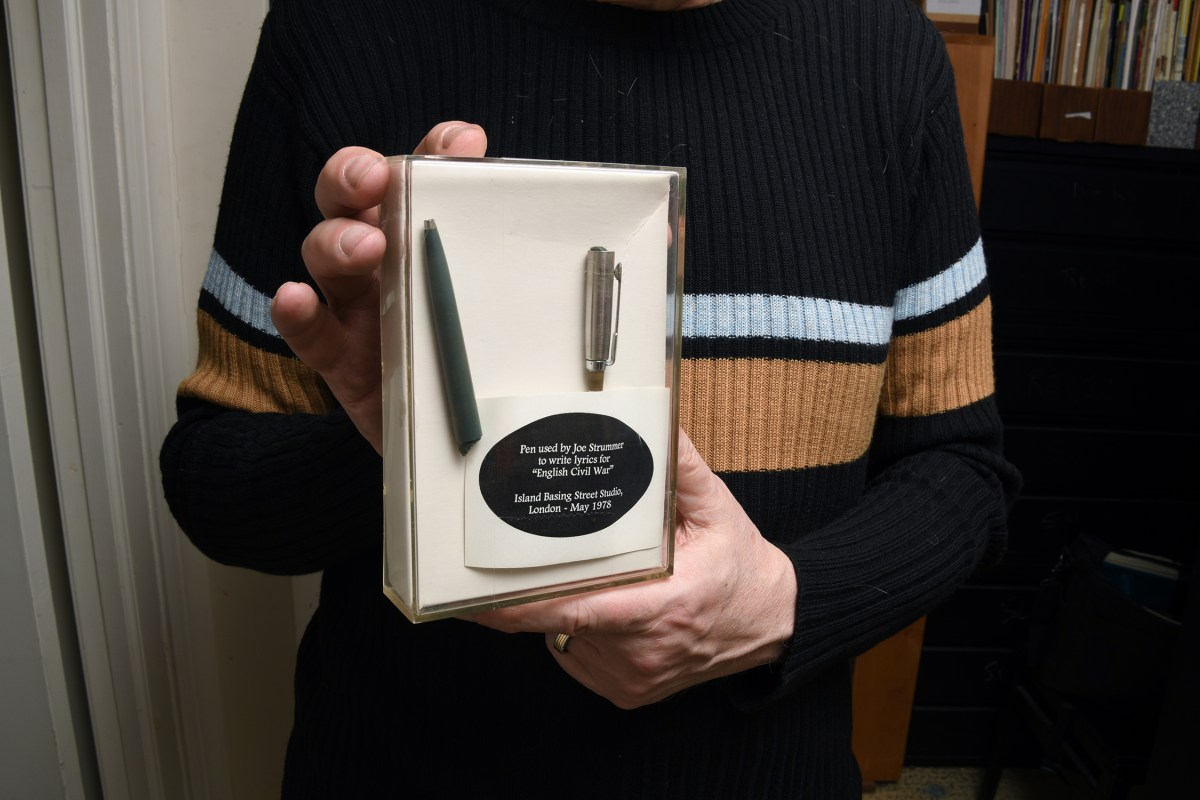
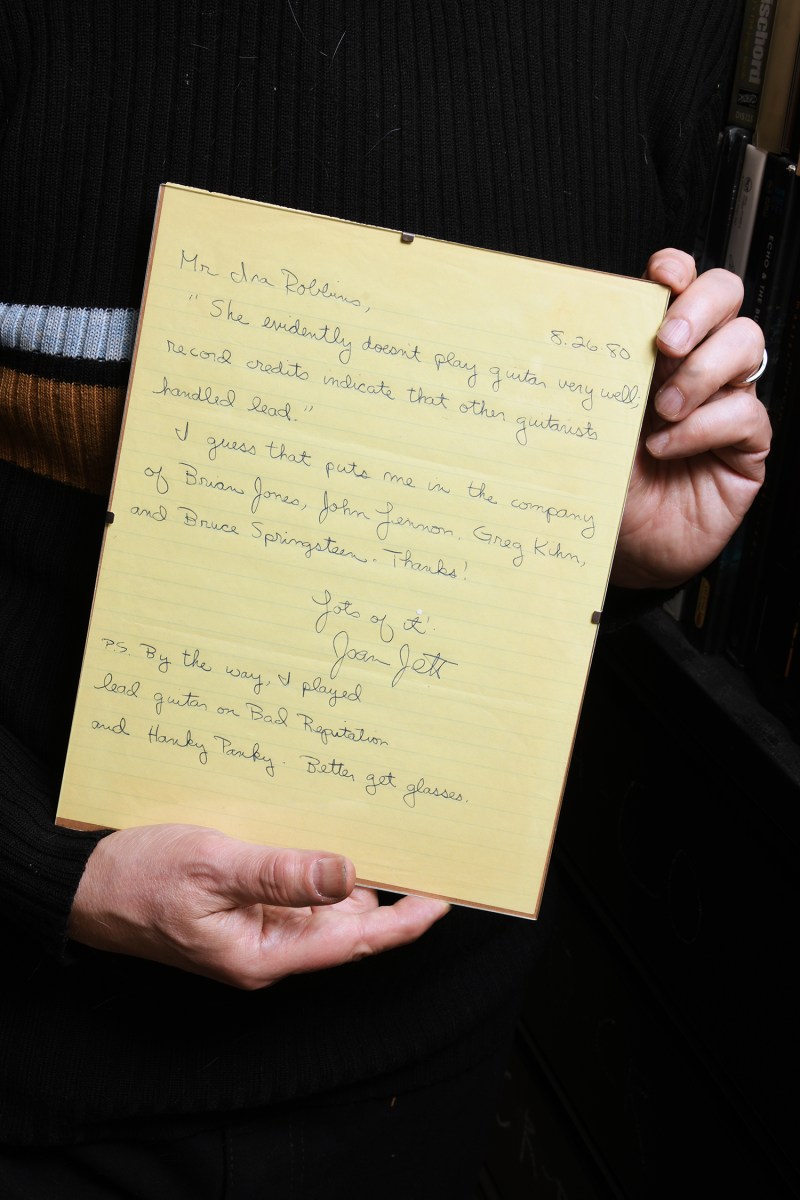
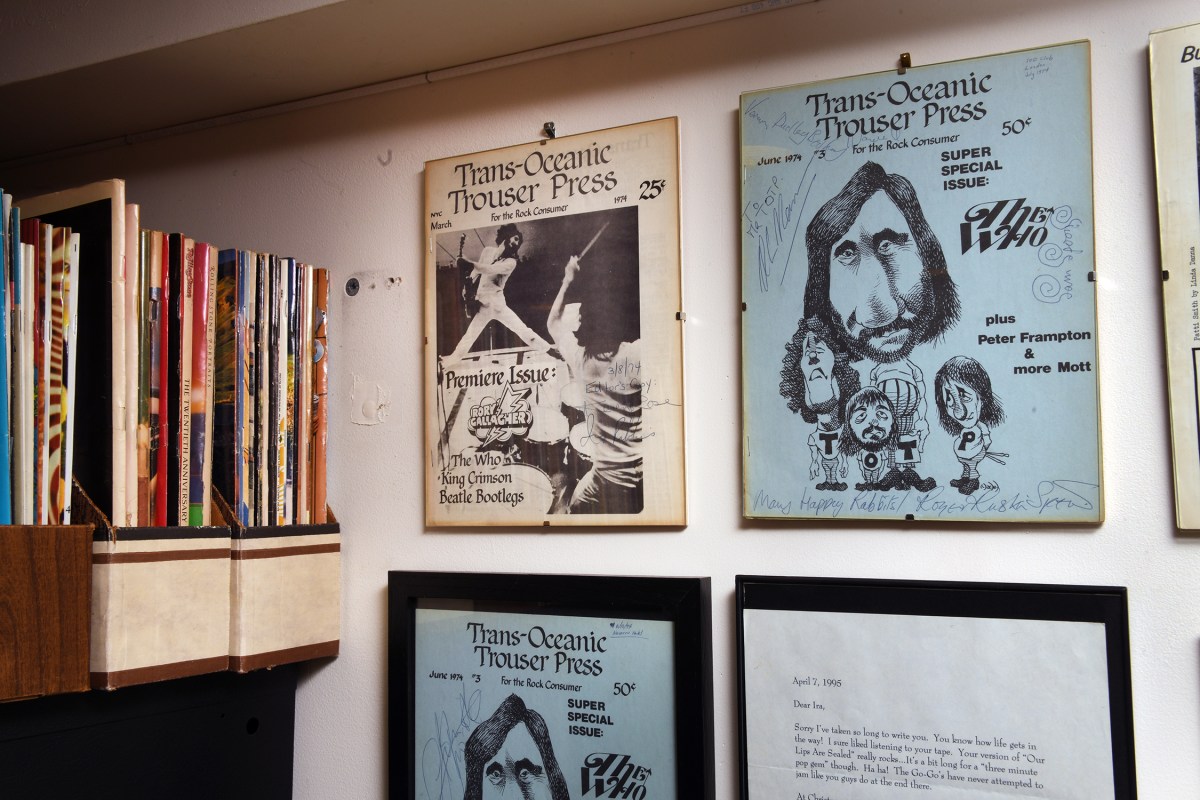
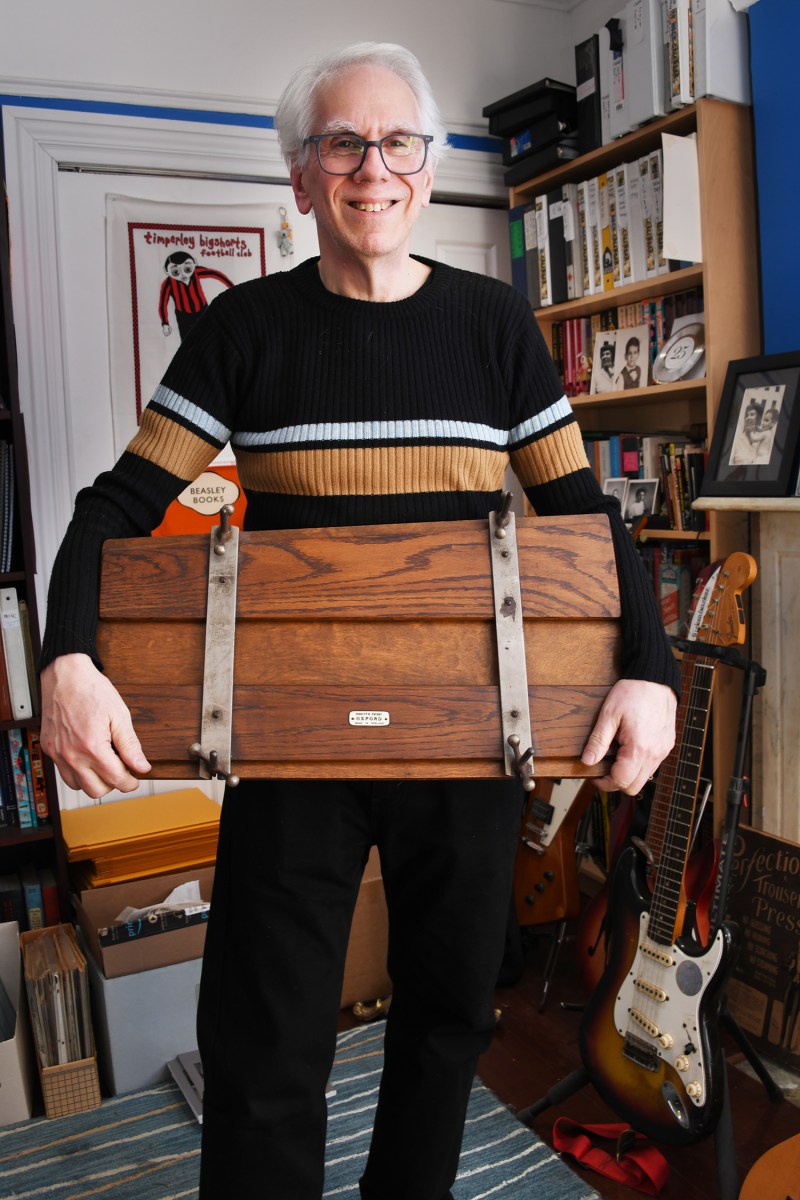
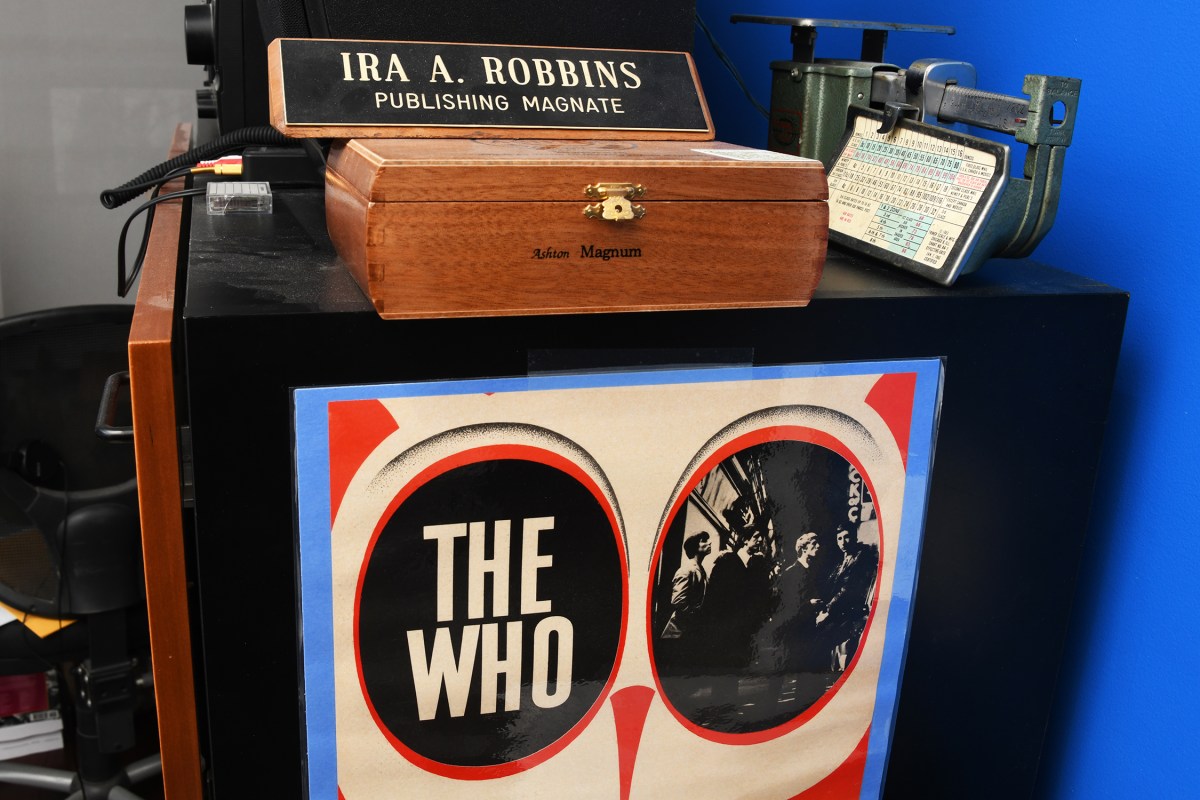
“I was a terrible businessman,” he admits. “Everyone thought I was the editor, but I was more of an editorial director and I became the publisher by default. I did the best I could but I wasn’t particularly good at it. The business could have done better with someone else. … We paid everyone, but not fairly.”
When Robbins realized that this year marked the 50th anniversary of the mag’s launch, he figured that the time was right to publish a collection ± and the best way to celebrate the launch the book was with a concert at the Bowery Electric.
Trouser Press fans and colleagues filled the joint to hear some of Robbins’ favorite musicians, Chris Stamey and Peter Holsapple (of The dB’s), Dennis Diken (The Smithereens) and Dot Dash, a power pop trio from Washington, DC.
“I liked Dot Dash and I wanted to see them live, so I booked them for the show!” Robbins explains.
“The show was brilliant,” Robbins states. “I loved hearing Chris and Peter play and Dennis put together a great set list — full of surprises.”
Robbins even got into the act, joining Diken and his one-time combo — dubbed “The Shirt Event” — to do the vocals on the aforementioned “Trouser Press.”
Music fan Henry Laura praised both the book and the show, saying, “Ira Robbins’ Trouser Press was an essential read and his new book is a worthy addition to its legacy. It was sensational to hear Chris and Peter — two of our greatest songwriters — with their harmonies and guitar playing uplifting their timeless songs. And Dennis Diken’s group was made up of some of NYC’s greatest musicians.”
Musician and super fan Doug Gilbert, who bought one of those first TP issues in 1974, loved the Stamey/Holsapple set.
“It was a great mix of classic dB’s and deep cuts, with some surprises like ‘Picture Sleeve,'” he tells us.
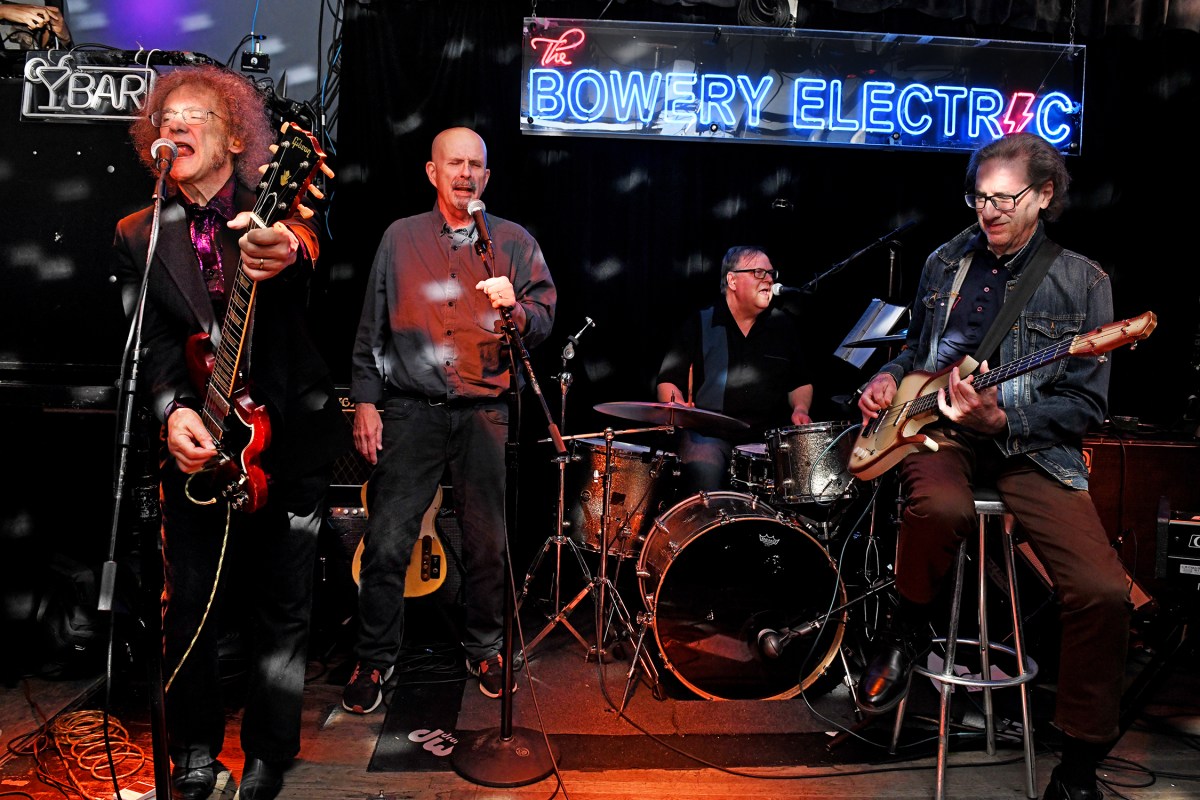
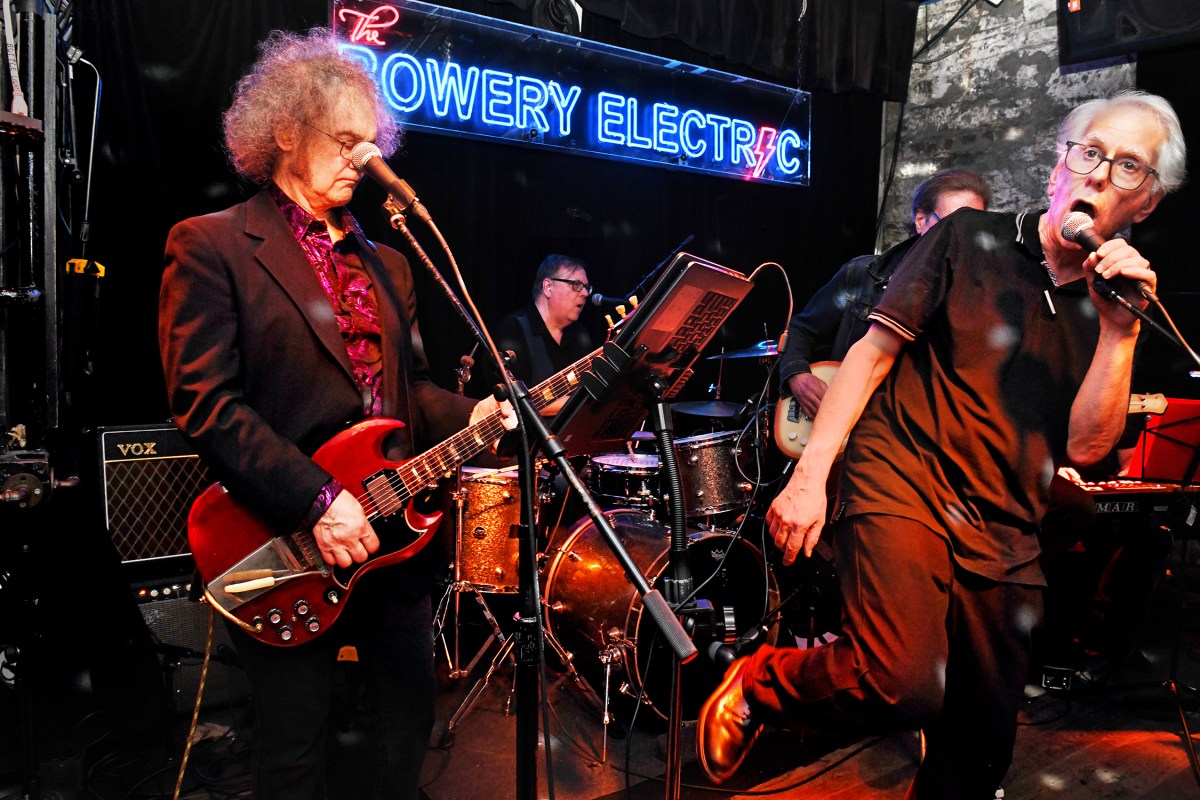
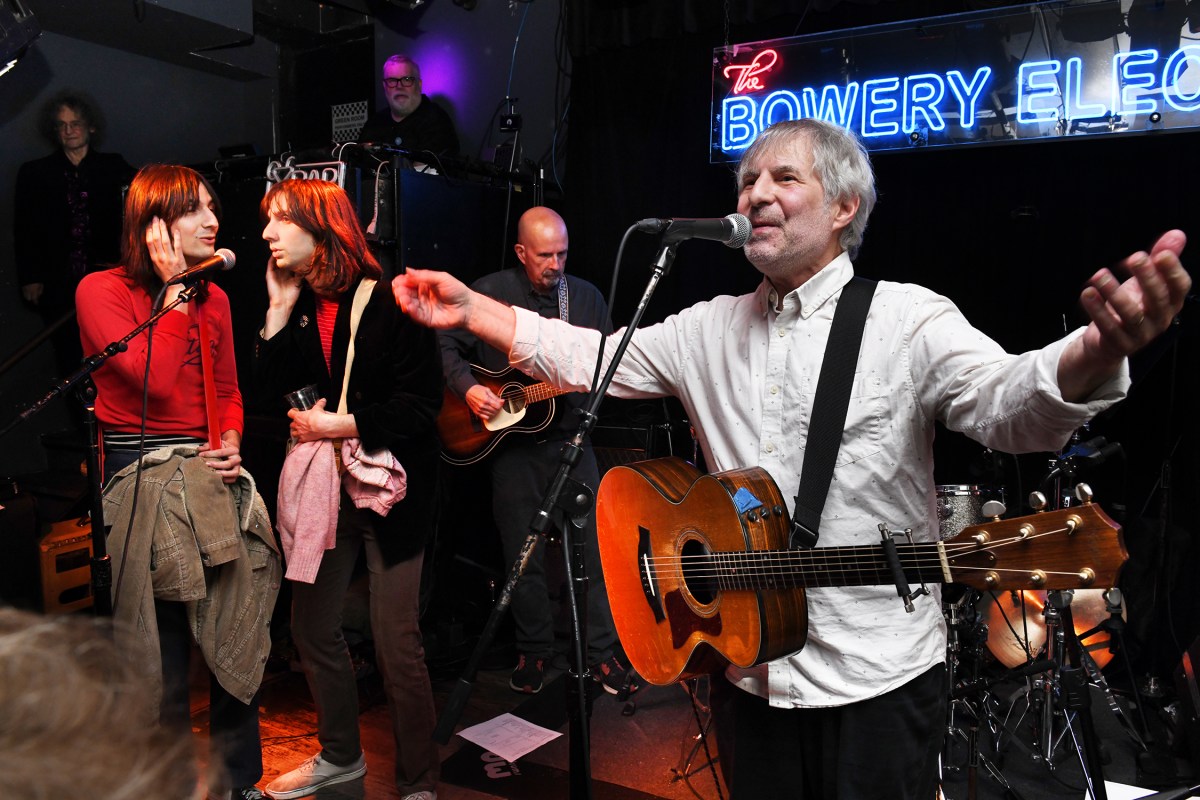
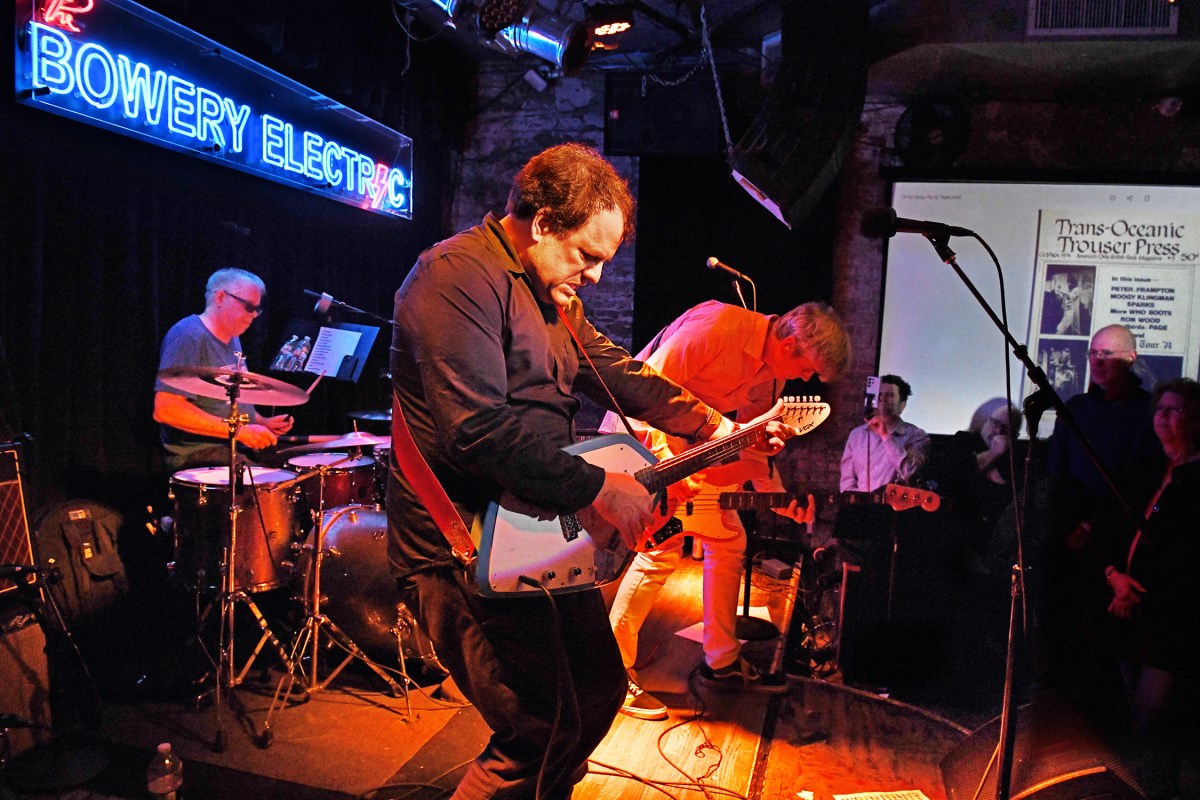
Local musician and show producer Stephanie Marie adds that, “It was heartwarming to see two of power pop’s greatest artists on stage, both as a fan and as a musician. The energy in the room was super positive and I felt really lucky to just be in the same room as those guys.”
Also on hand was photographer Ebet Roberts, who, at the start of her career, had her pics of Be Bop Deluxe published by Trouser Press in 1977.
“I loved working with Ira and Dave and Judy the art director,” she recalls. “Looking at the book brings back great memories of getting started before things got so corporate. And the show was absolutely fantastic — so fun to see Ira onstage!”
Another voice from the days gone by, pioneer rock and roll publicist Carol Klenfner joined in on the praise.
“They were one of the originals”, she says of Trouser Press. “It was the golden era of rock and roll in New York City and they were some of the greatest and nicest journalists of the period.”
Of the show, she comments, “It was terrific — brought back the era of the old East Village , surrounded by friends and characters. The only thing missing was the smoke.”
The musicians had a great time too, as Stamey notes: “Trouser Press—both the mag and the folks behind it were crucially helpful to me at a critical juncture when I was still wet behind the ears and just off the boat (to mix metaphors . . . I think? birth and travel?). So it was doubly a great joy to be included in celebrating, last weekend, the precision and enthusiasm they brought to pop music criticism at a time when it was in woefully short supply elsewhere. Also, the whole shindig last Saturday was just great fun! “
Diken, who “bought my first copy of Trouser Press from Dave Schulps, who was hawking the mag outside a Madison Square Garden Who show in the summer of ’74,” recalls that “at that time, I wanted nothing more than to play in a cool band. Fifty years on at Bowery Electric, it was a dream come true to do just that in a room filled with kindred spirits who were digging and sharing the moment.”
For Robbins, the anthology is about more than nostalgia: “I want people to get a sense of what rock journalism was like 50 years ago. The way we did stuff was different — we were a very opinionated magazine, we weren’t afraid to say when something sucked. Nobody asks the tough questions anymore.”
They are online at trouserpress.com and on Instagram at @trouserpressbooks.
